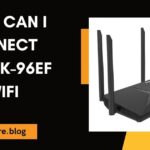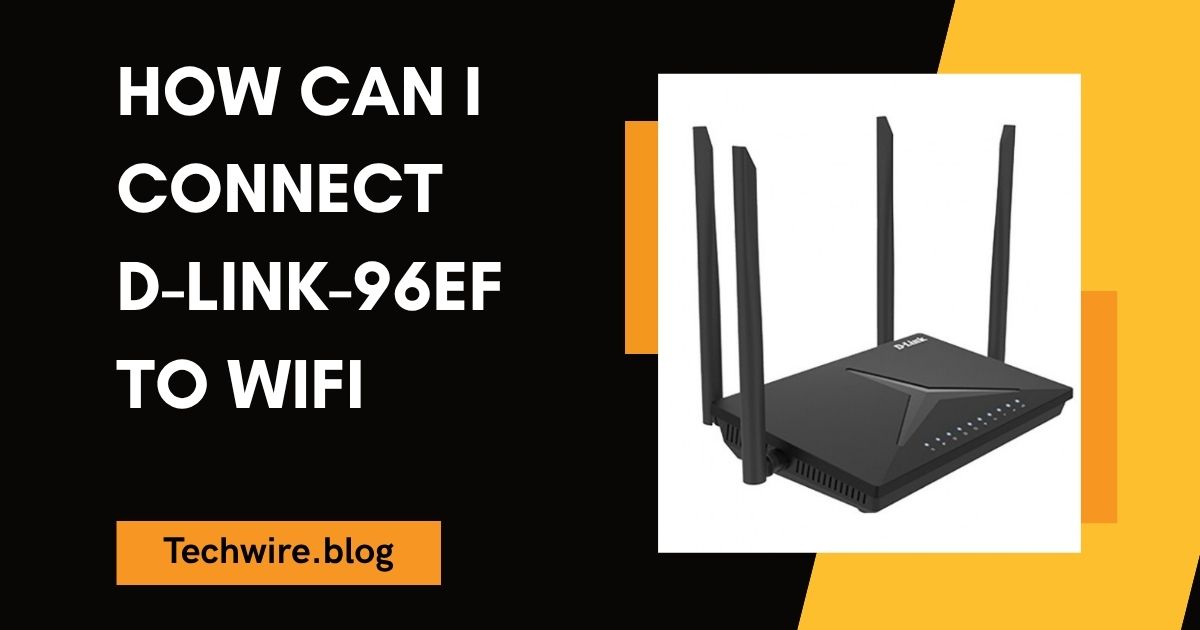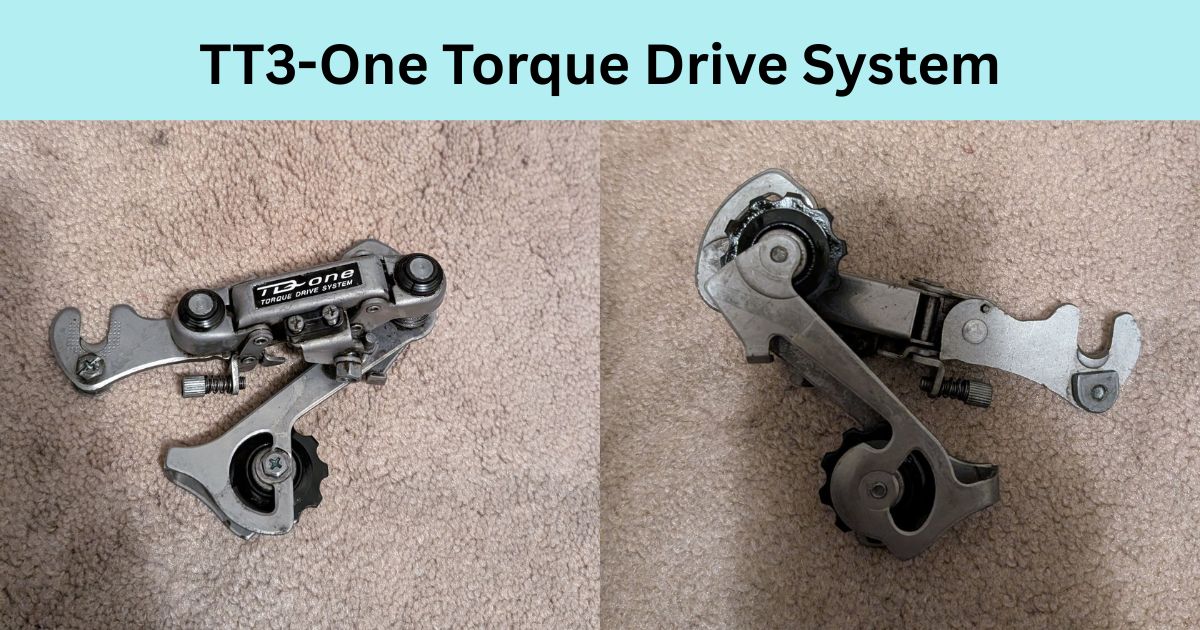Connecting your D-Link-96EF wireless device to WiFi might sound like a complicated task, especially if you’re not familiar with networking configurations. However, with the right steps and understanding, the process can be quick and seamless. Whether you’re dealing with a D-Link router, range extender, or smart plug model labeled D-Link-96EF, this guide will walk you through how to connect D-Link-96EF to WiFi in a step-by-step manner.
🟢 Understanding the D-Link-96EF Device
First, it’s important to clarify what type of D-Link device D-Link-96EF is. D-Link typically uses alphanumeric suffixes like “96EF” to identify individual devices like routers, extenders, or smart devices.
Regardless of whether you’re working with a router, repeater, or Wi-Fi-enabled smart plug, the steps for connecting to WiFi usually follow the same basic format:
- Power the device
- Connect to its web configuration interface
- Input WiFi credentials
- Save settings and reboot if necessary
For the purposes of this article, we’ll assume D-Link-96EF is either a WiFi range extender or a router.
🔌 Step 1: Plug in and Power Up
- Unbox the D-Link-96EF.
- Connect it to a power source using the included adapter.
- Wait for the LED lights to stabilize (usually takes 1–2 minutes).
- A blinking orange or red light usually indicates that it’s not yet connected.
- A solid green light often means connection is successful.
🌐 Step 2: Connect to D-Link-96EF’s Default WiFi
Before configuring it to your home WiFi network:
- On your laptop, smartphone, or PC, open the WiFi settings.
- Look for a WiFi SSID that starts with something like “D-Link_96EF”.
- Connect to it. The password might be written on a sticker on the back or bottom of the device.
💡 Note: If you don’t see the SSID, reset the device by pressing and holding the reset button (usually a pinhole) for about 10 seconds.
🖥️ Step 3: Access the Web Configuration Interface
- Open your browser and type:
http://192.168.0.1orhttp://192.168.1.1
- You’ll be prompted to log in.
- Default Username: admin
- Default Password: (leave blank) or admin
- You can confirm this from the user manual or the label on your device.
This interface is where you’ll connect D-Link-96EF to your WiFi.
For more information, refer to the general D-Link Wikipedia page.
📶 Step 4: Scan and Select Your WiFi Network
- Once logged in, go to the Wireless Settings or Setup Wizard.
- Click on “Scan” or “Site Survey” to detect available networks.
- Choose your home WiFi network from the list.
- Enter your WiFi password accurately.
- Save the settings.
🔄 Step 5: Reboot the Device
After entering the credentials:
- Click on Save Settings or Apply.
- The device may automatically restart or ask you to manually reboot.
- When it restarts, it should connect to your home WiFi.
✅ LED Status: Solid green = Connected.
❌ No light/blinking red = Not connected properly.
🧪 Step 6: Test the Connection
Now that your D-Link-96EF is connected:
- Disconnect your phone or PC from the “D-Link_96EF” SSID.
- Reconnect it to your home WiFi.
- Try browsing the internet or running a speed test.
If your D-Link-96EF is a range extender, it should now be boosting the WiFi signal in the selected area.
🛠️ Troubleshooting Tips
1. Can’t Connect to Web Interface?
Try alternative IPs:
http://192.168.100.1http://dlinkrouter.local
2. Forgot Admin Password?
- Press and hold the reset button for 10 seconds.
- This will restore factory settings.
3. Device Not Connecting to WiFi?
- Check if WiFi credentials are correct.
- Ensure that the main WiFi router is within signal range.
- Try changing the WiFi channel on the router if interference is suspected.
4. Can’t See the SSID?
- Move the D-Link-96EF closer to your main router.
- Avoid physical obstructions like concrete walls.
📱 Using the D-Link App (Alternative Method)
Some D-Link devices support mobile app setup:
- Download the D-Link Wi-Fi app from Google Play Store or Apple App Store.
- Open the app and follow on-screen steps.
- Scan the QR code on your device (if available).
- Choose your WiFi network and enter password.
- Let the app complete setup.
This method is more user-friendly for non-technical users.
📡 Advanced Settings (Optional)
If you want additional control over the device:
➤ Change SSID Name:
- Customize the WiFi name broadcasted by D-Link-96EF.
➤ MAC Filtering:
- Allow only selected devices to connect.
➤ Dual-Band Control (if supported):
- Enable or disable 2.4GHz and 5GHz separately.
➤ Firmware Updates:
- Go to Maintenance > Firmware and check for updates.
- Updated firmware enhances security and performance.
🔒 Security Best Practices
- Change the default admin password immediately.
- Enable WPA3 or at least WPA2 encryption.
- Turn off WPS (Wi-Fi Protected Setup) to prevent hacking.
- Update firmware regularly for new security patches.
Learn more about Wi-Fi security standards on Wikipedia – Wi-Fi Protected Access.
🌍 Use Cases of D-Link-96EF
Depending on the model, D-Link-96EF can be used as:
- WiFi extender to cover dead zones.
- Smart plug to remotely control appliances.
- Router to distribute internet to multiple devices.
- Bridge mode to connect wired-only devices to WiFi.
This flexibility makes it a valuable addition to any smart home or office.
🧾 Conclusion
Connecting your D-Link-96EF to WiFi doesn’t have to be complicated. Whether you go through the web interface or use the mobile app, a successful connection ensures that your device integrates smoothly into your home network.
By following the steps in this guide — powering the device, accessing its web interface, entering your WiFi credentials, and configuring optional settings — you can ensure a strong, reliable, and secure connection.
Always refer to your model’s manual, keep your firmware updated, and follow D-Link’s official documentation for advanced features and security best practices.










